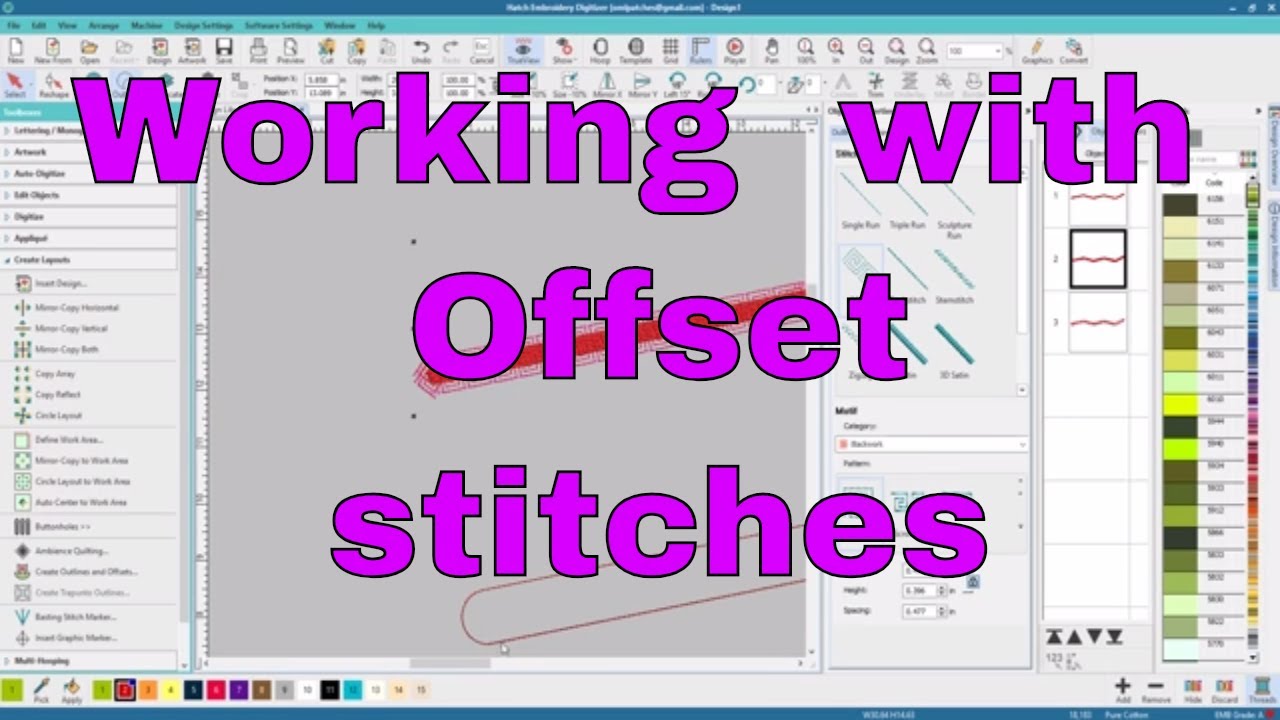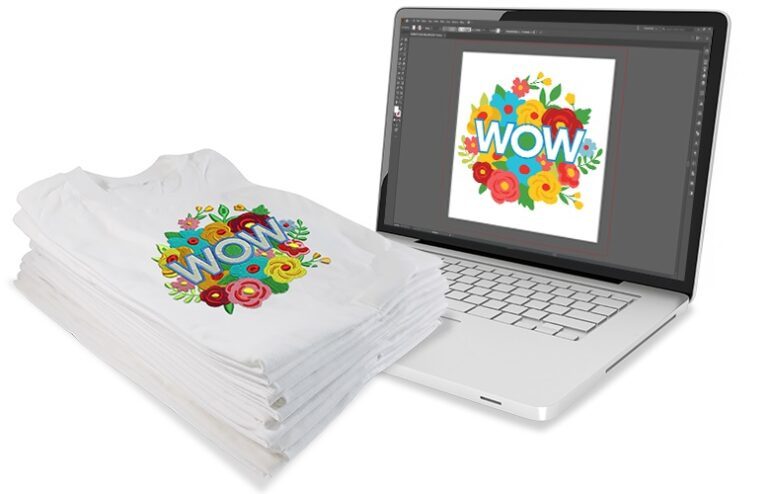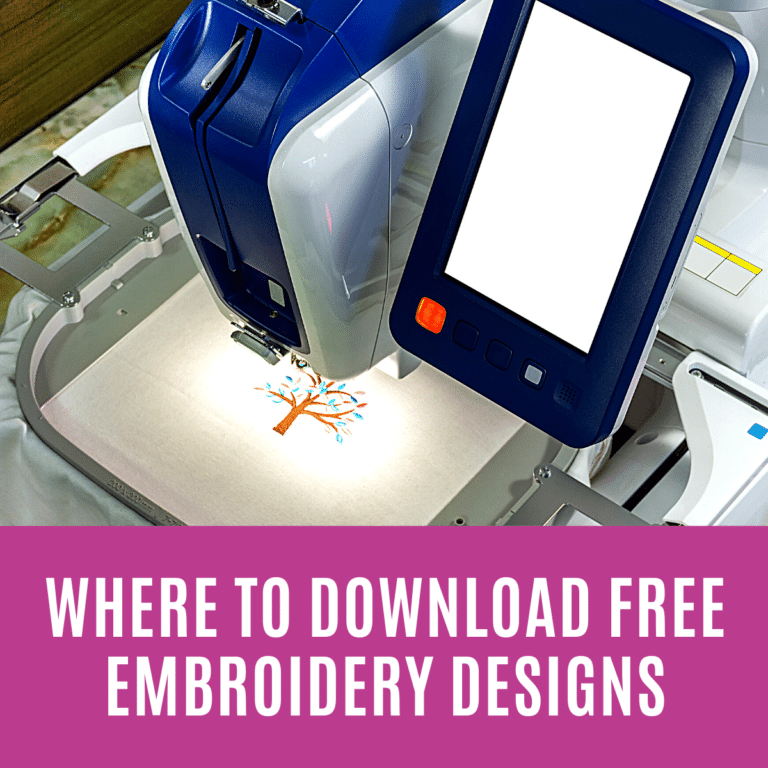What is an offset outline in embroidery?
Embroidery offset is simply when the outline of an embroidery design is not sewn flush with the design as it should be, but slightly offset a millimeter or two from its base location.
We have all been disappointed at least once because of this little discrepancy!
For example, on this embroidery test, you can clearly see the offset at roof level!
Offset contours in embroidery
What causes shifts in embroidery?
Outline shift is often caused by the fabric moving during embroidery:
Stabilizer issue:
Did you use stabilizer material? and was it suitable for the fabric?
Fabric fixing problem: was the fabric held securely in the frame? How was it attached to the stabilizer?
Problem scanning the file:
some patterns found on the internet (especially if they are free) may be poorly designed and cause a shift (see the article on stretch compensation in embroidery)
How to avoid offset contours in embroidery?
It is indeed strongly recommended to put embroidery stabilizer under your fabric, whatever it is. Even slightly thick fabrics (jeans, upholstery) can move, so a reinforcement is never completely useless.
Tighten the frame screw securely.
Do not hesitate to use temporary glue on the reinforcement so that it adheres well to the fabric. You can also sew a basting stitch all the way around the embroidery area, and/or secure the fabric with a few pins.
How to correct shifted contours?
First of all, you have to ask yourself is this really a problem?
Indeed, most of the time, we are the only ones to see its small flaws. It’s our perfectionist side that stands out, but that only engages you!
In most cases, the answer to the question is no. you can compare to the embroideries carried out on clothes or household linen of the trade to realize it.
If despite everything, the lags bother you, here are some solutions:
Wash the embroidered fabric:
if the fabric has not been washed before embroidery, it will tend to shrink on the 1st wash, which in particular risks deforming the embroidery
Camouflage with colored markers:
you can use indelible colored markers to blur “the holes” left
Embroider the outline by hand:
this allows for less visible demarcations.
Use the free-motion quilting foot:
you guide the fabric while the machine embroiders. This allows small offsets to be filled with machine stitches.
Unstitch the outline:
if the embroidery is really bad, you can unstitch, being very careful not to cut the filling threads and leave the embroidery as it is, without an outline. Sometimes embroideries are just as pretty without the outlines.
Related Posts
Discover relevant articles, tutorials, and tips to improve your skills and explore new techniques.
Stay inspired and connected to our embroidery community.







I all the time emailed this website post page to all my friends, for the reason that if like to read it next my friends will too.
Hi to all, because I am genuinely eager of reading this blog’s post to be
updated daily. It consists of fastidious data.
It’s really a cool and useful piece of info.
I’m glad that you shared this useful information with us.
Please stay us informed like this. Thanks for sharing.
Thanks for ones marvelous posting! I seriously enjoyed reading it, you
can be a great author. I will make certain to bookmark your
blog and may come back in the foreseeable future.
I want to encourage you continue your great writing,
have a nice afternoon!